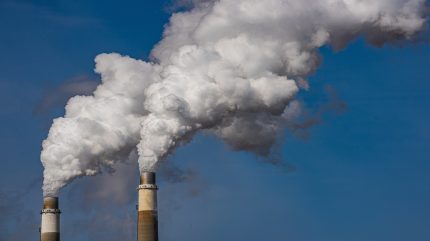
China plans to continue building coal-fired power plants through to 2027, according to government guidelines for upgrading the coal power system.
The state planner and energy regulator emphasised that the plants are necessary in regions where they are needed to meet peak power demand or stabilise the grid, as reported by Reuters.
The decision raises questions about China’s commitment to reducing coal usage between 2026 and 2030.
The guidelines specify that newly constructed coal plants should have between 10% and 20% lower carbon emissions per unit of power output compared to the 2024 fleet.
Upgrades to some existing coal plants are required to meet these conditions.
The newly built and upgraded plants must adjust their output safely and reliably to accommodate peak power demand.
A recent report from the China Coal Association indicates that China’s coal consumption will not peak until 2028, later than other forecasts suggesting a peak in 2025.
The association noted that rising coal usage in the power and chemicals sectors would support a small increase in consumption, offsetting falling demand from the steel and building material industries.
China recently unveiled plans to develop substantial renewable energy projects.
Its National Development and Reform Commission (NDRC) has outlined initiatives for offshore wind farms and new energy bases in desert areas.
These efforts are part of the country’s strategy to peak carbon dioxide emissions before 2030 and achieve carbon neutrality by 2060.
The NDRC report also highlights a controversial hydropower facility on the Yarlung Tsangpo River in Tibet, raising concerns in India about its impact of downstream water flow.
A direct power transmission route connecting Tibet with Hong Kong, Macao and Guangdong is also proposed.



